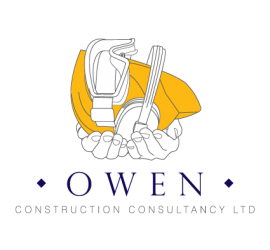The following are all requirements in law that a Company must carry out to avoid hazardous manual handling, so far as is reasonably practicable:
(a) Assess the risk of injury from any hazardous manual handling operations that cannot be avoided
(b) reduce the risk of injury from hazardous manual handling to as low as reasonably practicable
(c) The weight of a load is important, though the law does not set specific weight limits.
(d) In some cases, you must provide information about the weight and position of the centre of gravity of each load, if there is a risk of injury and it is reasonably practicable to do this.
Below are a number control measures you should consider prior carrying out manual handling:
(a) Check on stability of load before lifting fully.
(b) Keep the load close to the waist.
(c) Adopt a stable position.
(d) Ensure a good hold on the load.
(e) Lift with your legs rather than your back and arms.
(f) Moderate flexion (slight bending) of the back, hips and knees at the start of the lift.
(g) Don’t flex the back any further while lifting.
(h) Avoid twisting the back or leaning sideways especially while the back is bent.
(i) Keep the head up when handling.
(j) Wear PPE
(k) Do not lift or handle more than can be easily managed.
(l) Seek to split the load into smaller lighter parts or improve method of carrying supporting the load through use of attachments, slings, lifting poles etc.
(m) If two or more persons involved then one to take the lead.
(n) If you are concerned that a load is too heavy – don’t move it – particularly if you have an existing health affecting condition.
(o) Do not exceed 20kilos per person when carrying out multi person lifts.
Check for:
(a) Uneven, slippery or unstable floors.
(b) Variations in level of floors or work surfaces.
(c) Extremes of temperature or humidity.
(d) Conditions causing ventilation problems or gusts of wind.
(e) Poor lighting conditions.
Take account of the particular requirements of employees who:
(a) Are or have recently been pregnant.
(b) Have a disability that may affect their manual handling capability.
(c) Have recently had a manual handling injury or have a history of back, knee or hip trouble, hernia or other health problems which could affect their manual handling capability.
(d) Are young workers or new to the job.
(e) Are older workers
January 5, 2021
